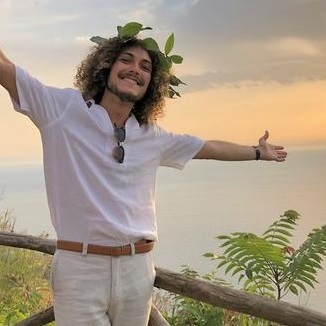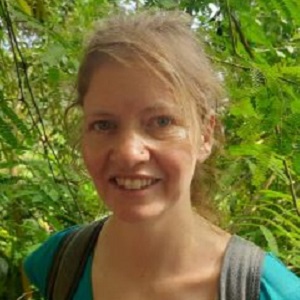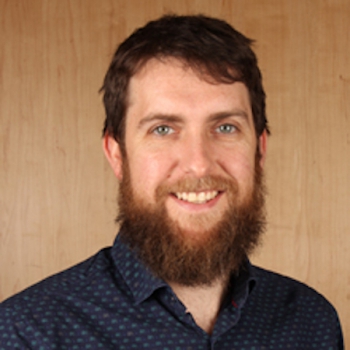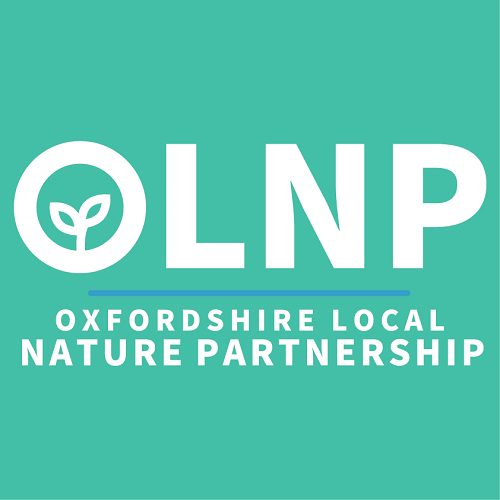Community values in accessible urban green spaces and planning: An Oxford case.Case study
Investigating community values in accessible urban green spaces and assessing the equity of urban green governance across different socio-economic areas of Oxford.
Connections between inequality of income and green space accessibility (1), and between green spaces and the benefits they realise for human well-being and the natural environment (2), especially to the most social-economically deprived tiers of society and their lived areas (3) have been investigated and established.
This project takes an intra- and inter-community comparative approach across three urban areas of Oxford characterised by different indexes of multiple deprivation (IMD), with the most deprived one identified as priority neighbourhood by the active programme in the Leverhulme Centre for Nature Recovery on ‘Equitable distribution of nature-rich accessible green space: An Oxfordshire case study‘ led by Martha Crockatt.
By employing a mix method approach, the study investigates community values in urban green spaces through walked interviews (Walk&Talk) in parks and green spaces participants use the most in their own lived area and considers the imaginary of the ideal green space residents have in mind when engaging in such conversations. Residents’ imaginaries are captured through a sketch-based method supported by the artist Harmanpreet Randhawa. Eventually, it considers the equity of local urban green governance in Oxford in the forms of Neighbourhood Plans or Re-generation plans.
Not only it is important that communities are consulted and engaged in planning of urban green spaces to facilitate a re-localisation of these and the development of a sense of stewardship. Community engagement should be done in a way that celebrates the plurality of values and preferences of the bio-culturally diverse society in Oxford. The project design and community engagement strategies employed have been developed in a place-based approach with the support of a network of local NGOs, community and resident associations, and local representatives.









